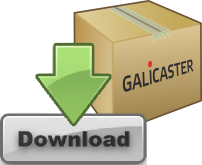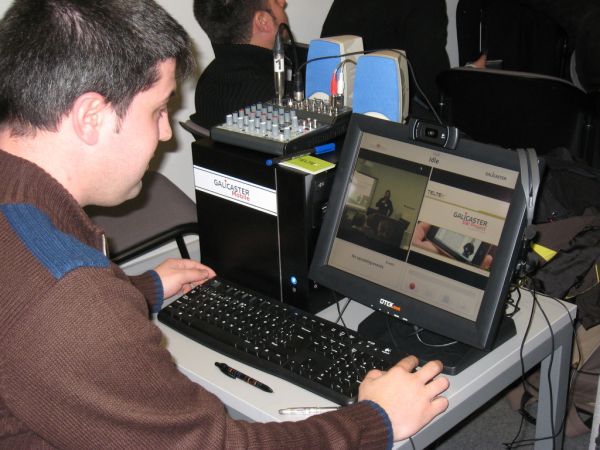IntroductionThe main goal of the Galicaster Project is to develop an open solution to provide flexible, state-of-the-art solutions for recording educational multimedia contents, like lectures and conferences. Galicaster capture solution is compatible with Opencast-Matterhorn. Galicaster-based devices can work as improved Matterhorn capture agents. They can register as a capture agent, thus being able to receive scheduled recordings and ingest the resulting mediapackages automatically. New features on Galicaster 1.2.0
Key Features
Main GoalGalicaster can be used as an automatic in-room recording solution for the classroom, keeping the professor informed and in control, or it can be used as a mobile unit, perfect for recording meetings and conferences. Our main goal is the creation of multiple open applications adapted to different scenarios and equipment. So far, two Galicaster applications have reached a mature state of development: Galicaster Class and Galicaster Mobile.
Another goal pursued by the Galicaster Project is the creation of end-to-end, complete working solutions for recording educational multimedia contents, focusing not only on capturing matters, but also on providing connectivity with the publishing systems and the distribution channels. VersatilityAll branches of Galicaster are virtually adaptable to any publishing platform, since they keep all the recording metadata and video and audio tracks are recorded separately. Proof of this is the combined Galicaster and Opencast Matterhorn installation which is already in production at the University of Vigo. Galicaster can be seamlessly integrated with a wide variety of environments: low-cost, flexible equipments; best-performance, customized installations; existing campus-wide infrastructures; media distribution platforms, etc. TechnologiesBoth applications are based on Python and GStreamer, both long term projects supported by large communities, ensuring their adaptability to most of the operating systems in the UNIX family. They can also be adapted to multiple kinds of hardware, expanding the possibilities to record with many types of devices such as laptops, HD Webcams, TV Cameras, video players, microphones ...
|
Latest NewsDevelopers TwitterSupported By |
Loading sub-menu...
1.2.0 Galicaster project Home |



